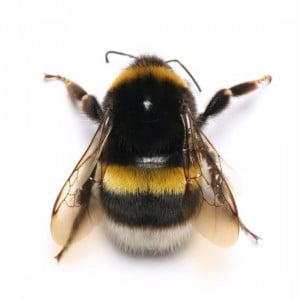We never grow as quickly as we do when we’re a toddler. This is why it’s imperative that a toddler’s diet is packed with nutrients. Did you know that at the age of 6 months, breastmilk alone cannot meet a baby’s increasing growth and development requirements?
In fact, recent data indicates that 1 in 3 infants and toddlers are low in iron.
Iron plays a crucial role in development, and deficiencies can lead to numerous health and developmental issues, which is why parents are urged to focus on ensuring their baby has an adequate iron intake. New guidelines recommend that baby’s first foods must be iron-rich. The best sources of iron are meat, fish and poultry because they contain haem iron, which is more readily absorbed by the body than the plant based form of non-haem iron. Red meat, such as beef and lamb, is recommended as ideal iron-rich food choices because it has the highest amount of haem iron. The best non-haem iron sources include dark green leafy vegetables, tofu, eggs and legumes and iron-fortified products.
Both heam and non-haem iron options should be included in the diet to maximise iron absorption.
Here are my top 3 recommendations for boosting a child’s iron intake:
- Get them started on red meat.
Many mums think of red meat as one of the last foods to introduce instead of one of the first, however there’s no reason to wait. Planning in 3-4 meals a week can really help in meeting children’s increased iron requirements. For example, beef or lamb mince could be made into bolognese, rissoles, meatballs or hamburgers to suit the whole family, so meals will never be boring. - Look for iron fortified foods.
Some products, such as grain or rice cereals can be fortified, meaning that they have extra amounts of non-haem added to boost the overall iron content. Parents shouldn’t rely on these iron fortified products alone, but they do provide great iron rich options to supplement their child’s diet. - Include Vitamin C to help absorb non-haem iron.
Vitamin C is necessary to help increase iron absorption, so when children are eating foods containing primarily non-haem iron, it is good to pair it with something that is also going to provide Vitamin C. For example, you could blend in some tomatoes with other dark green vegetables or serve capsicum sticks with hummus dip as an iron rich between-meal snack.
By having a combination of meals containing haem iron sources, foods fortified with iron as well as having Vitamin C rich foods to maximise absorption of non-haem iron, parents will be ensuring that they are providing their child with a diet that is rich in this vital nutrient for their optimal growth and development.
Have any other ideas for feeding your toddlers red meat and leafy greens? Share with us below.
Image source Shutterstock.






















-

-
-
Thejoysof3boys said
- 14 Dec 2016
Reply
-

-
-
mom101628 said
- 28 Sep 2016
-

-
-
mom134803 said
- 24 Sep 2016

-

-
-
mom94125 said
- 03 Sep 2016
-

-
-
nealsq said
- 29 Aug 2016
-

-
-
mom93821 said
- 24 Aug 2016
-

-
-
june11 said
- 21 Aug 2016
-

-
-
mom111059 said
- 21 Aug 2016
-

-
-
mom81879 said
- 19 Aug 2016
-

-
-
nealsq said
- 18 Aug 2016
-

-
-
mom90758 said
- 18 Aug 2016
-

-
-
mom160421 said
- 18 Aug 2016
-

-
-
mom134803 said
- 18 Aug 2016

Post a comment9:35 pm
10:31 pm
7:17 am
1:39 pm
5:10 pm
6:50 am
9:53 pm
3:06 pm
10:32 pm
8:39 pm
3:21 pm
2:01 pm
-

-
-
Melanie McGrice replied
- 29 Aug 2016 , 4:45 pm
Reply11:13 am
To post a review/comment please join us or login so we can allocate your points.